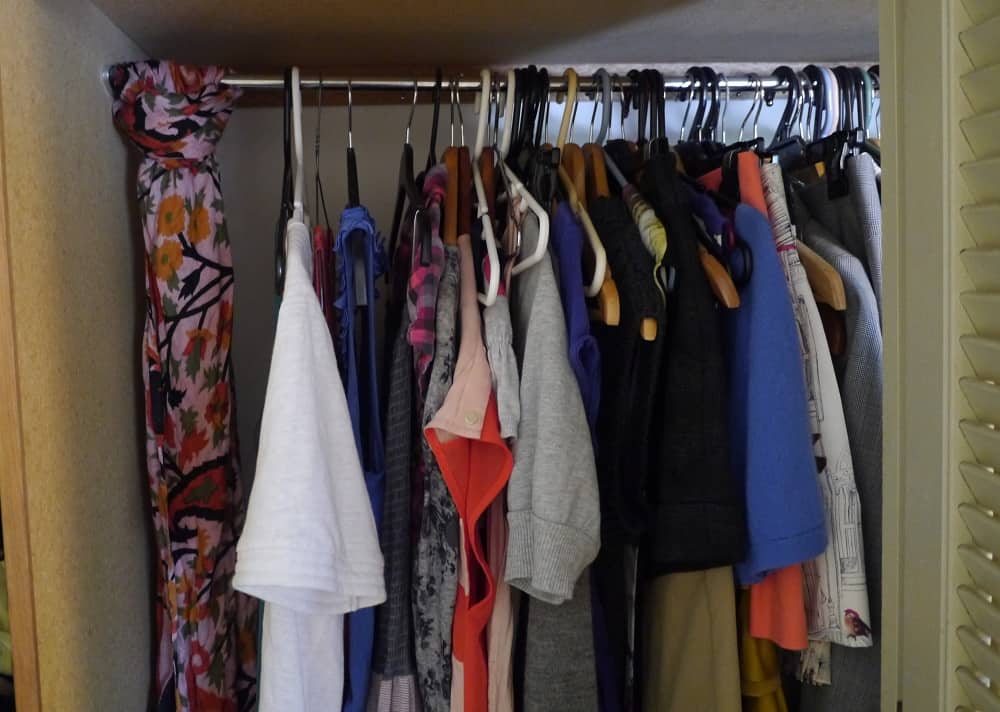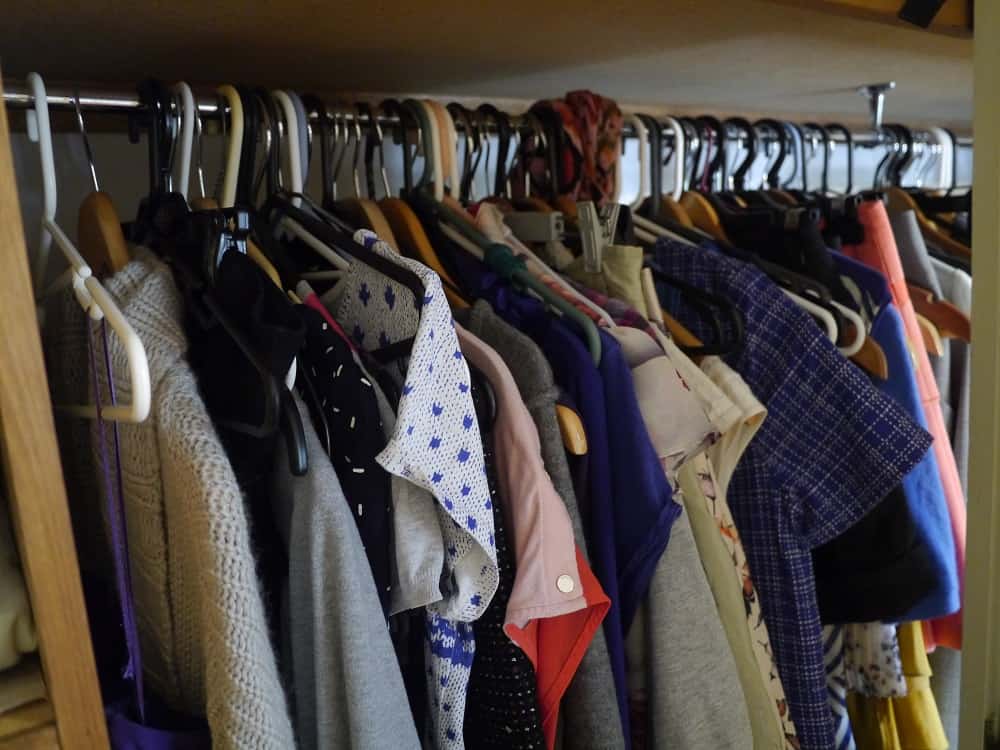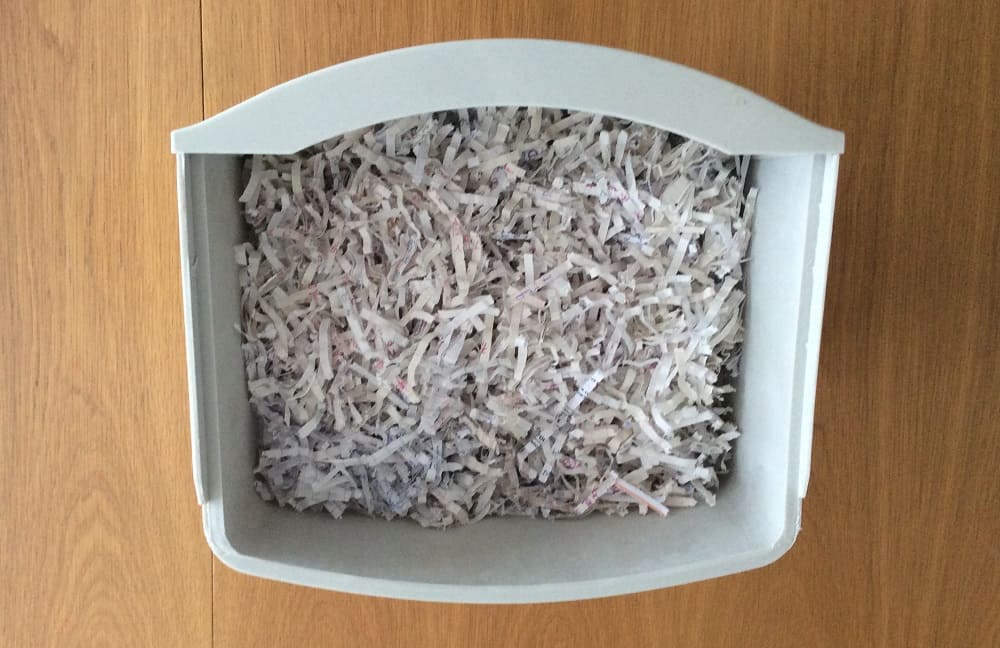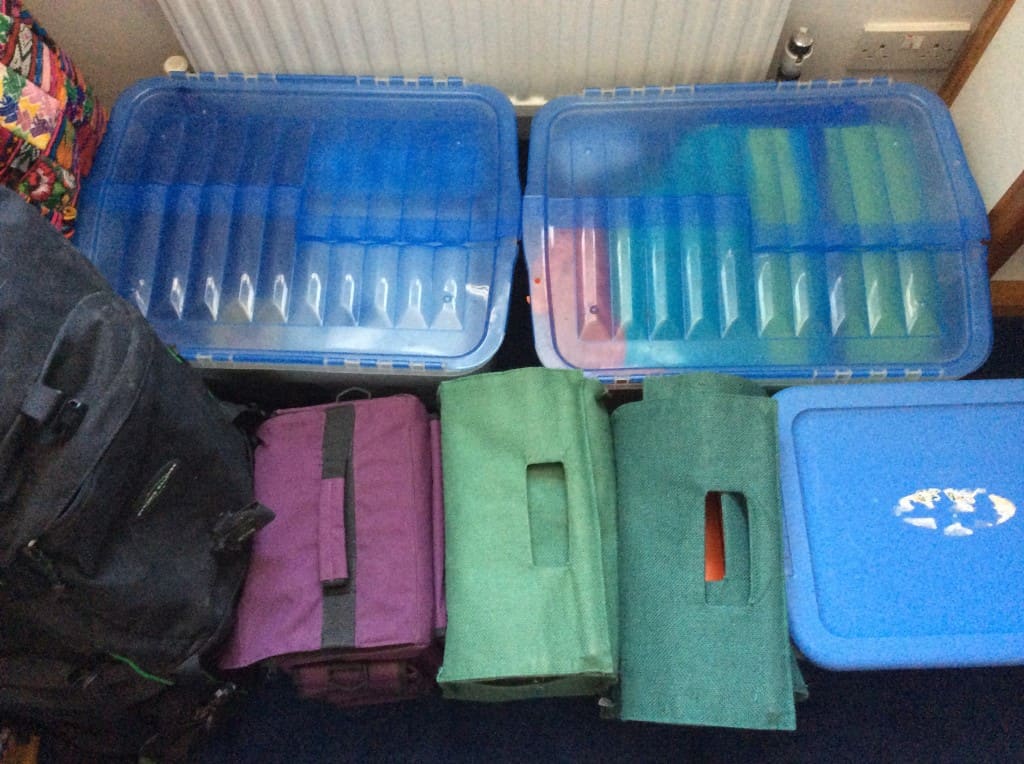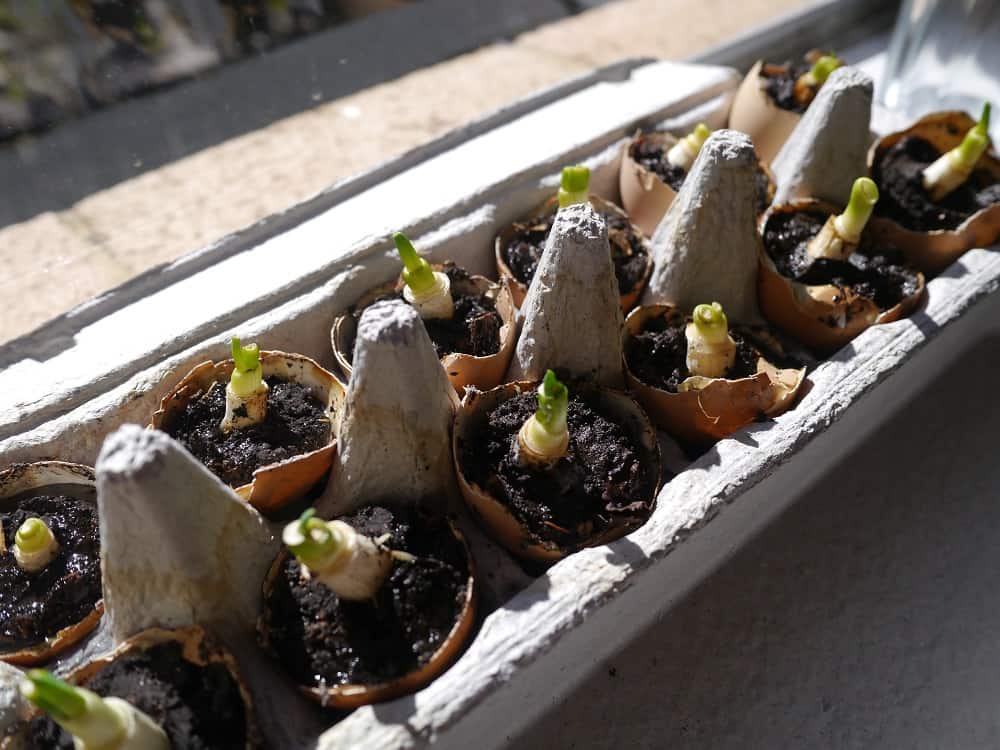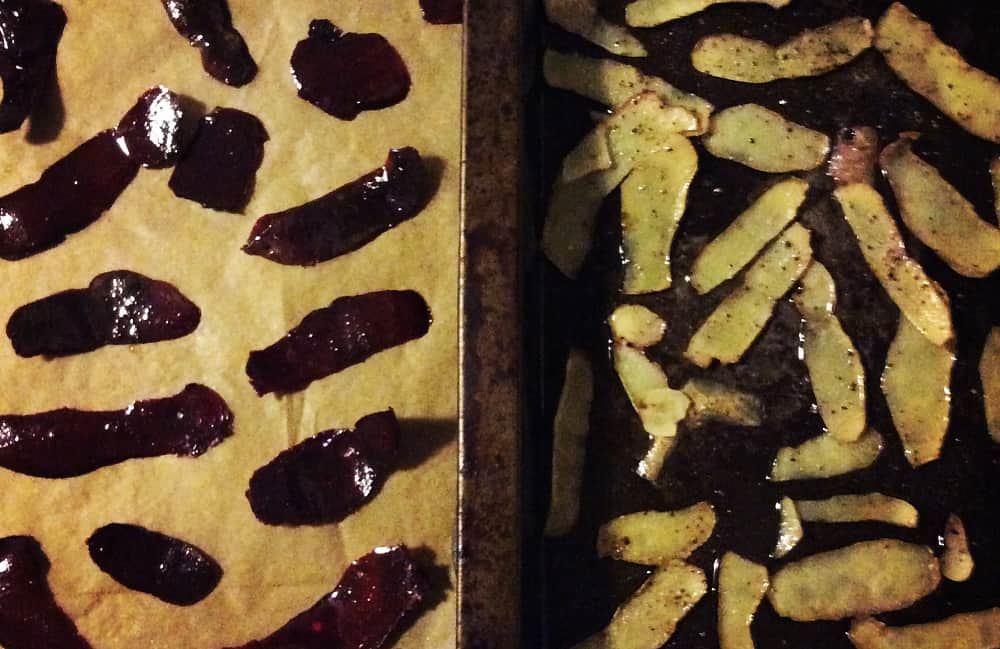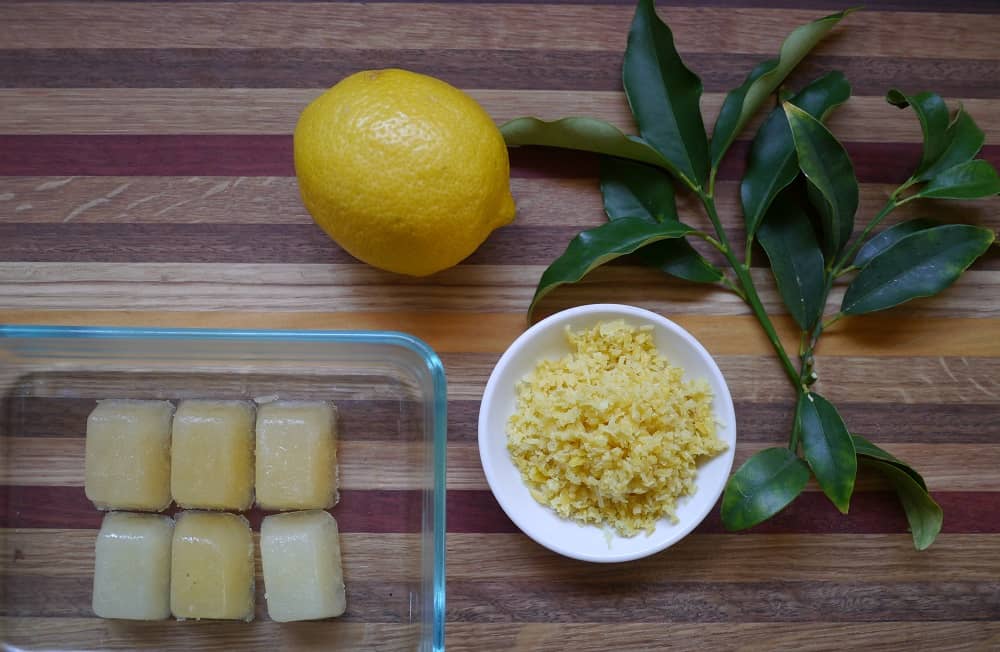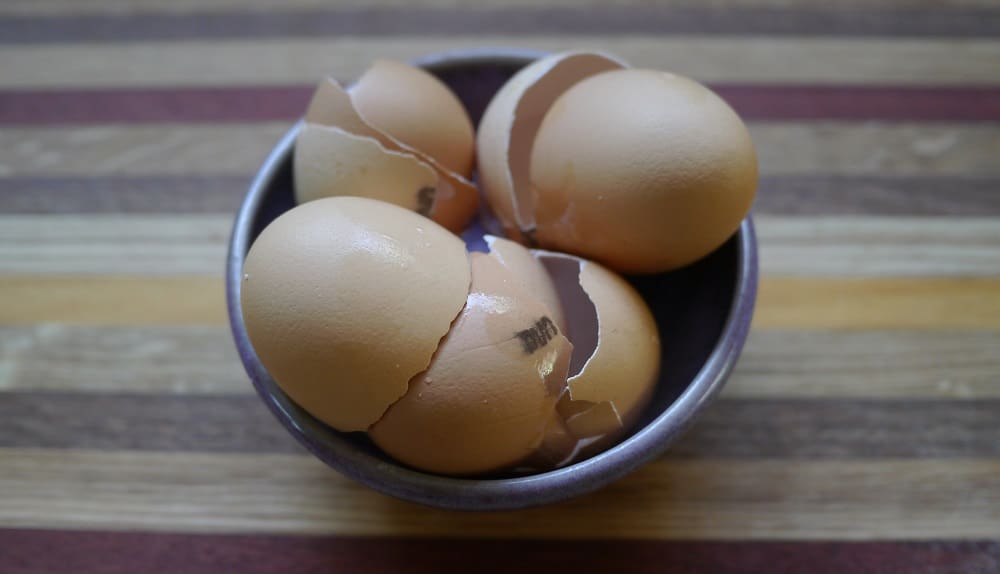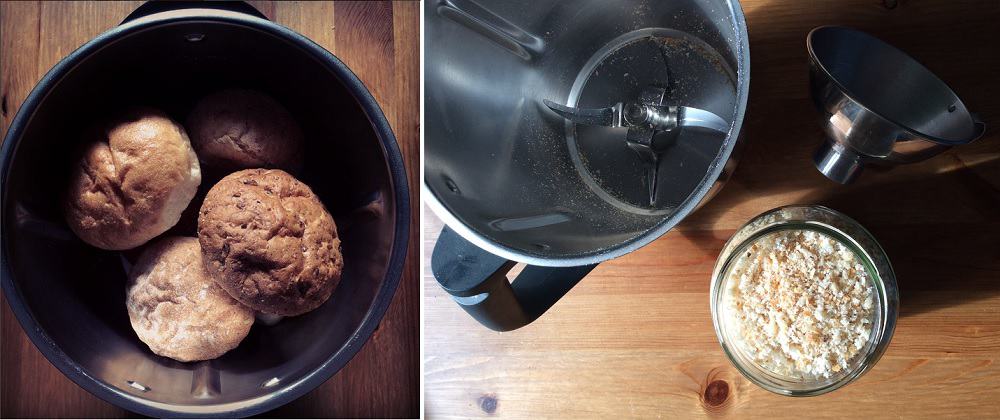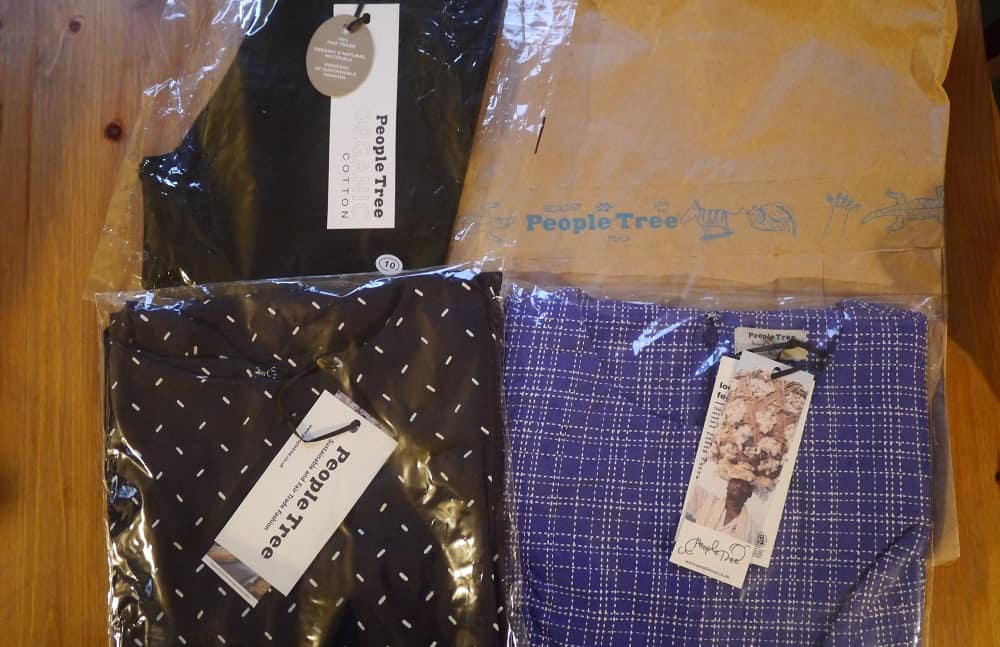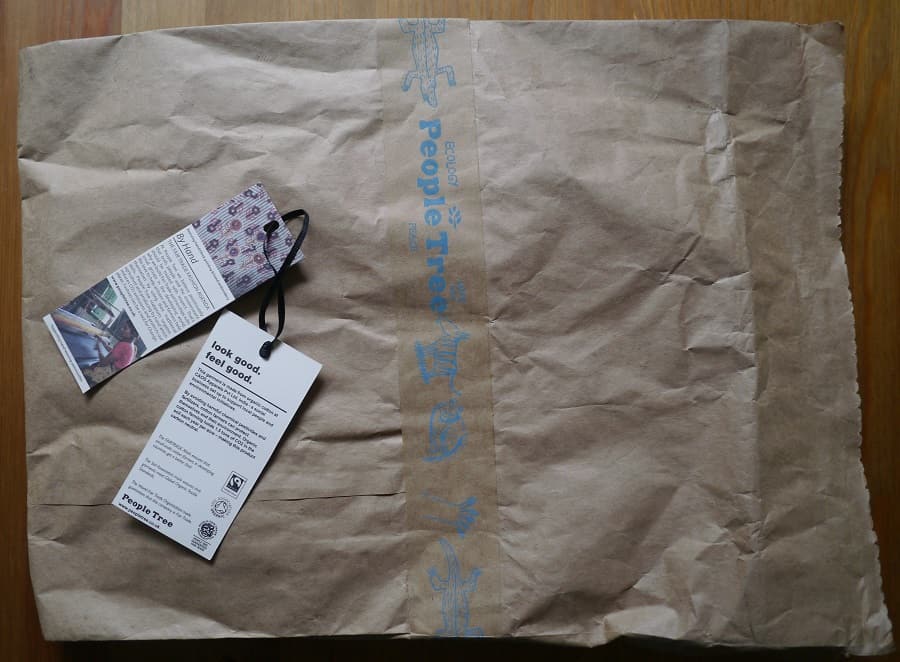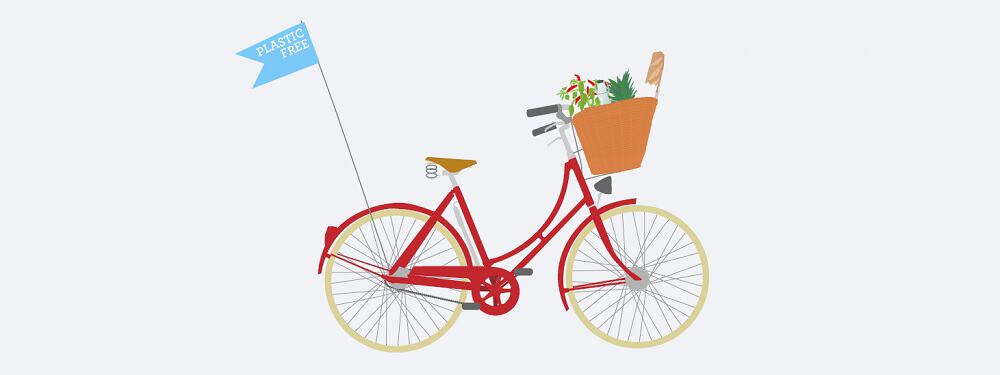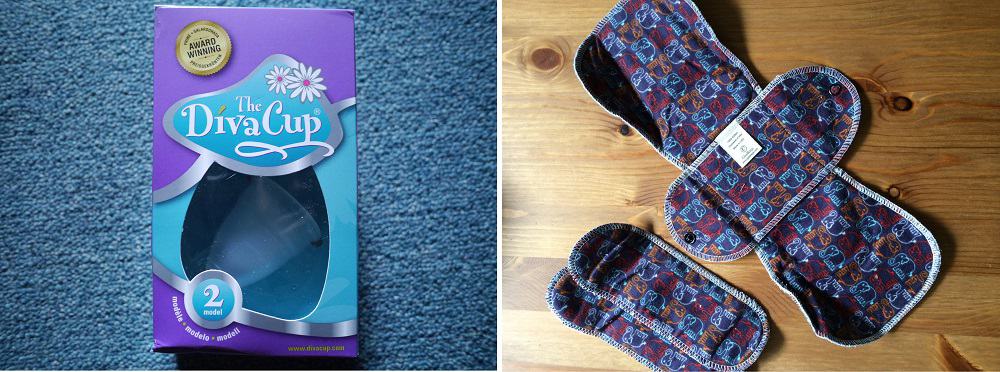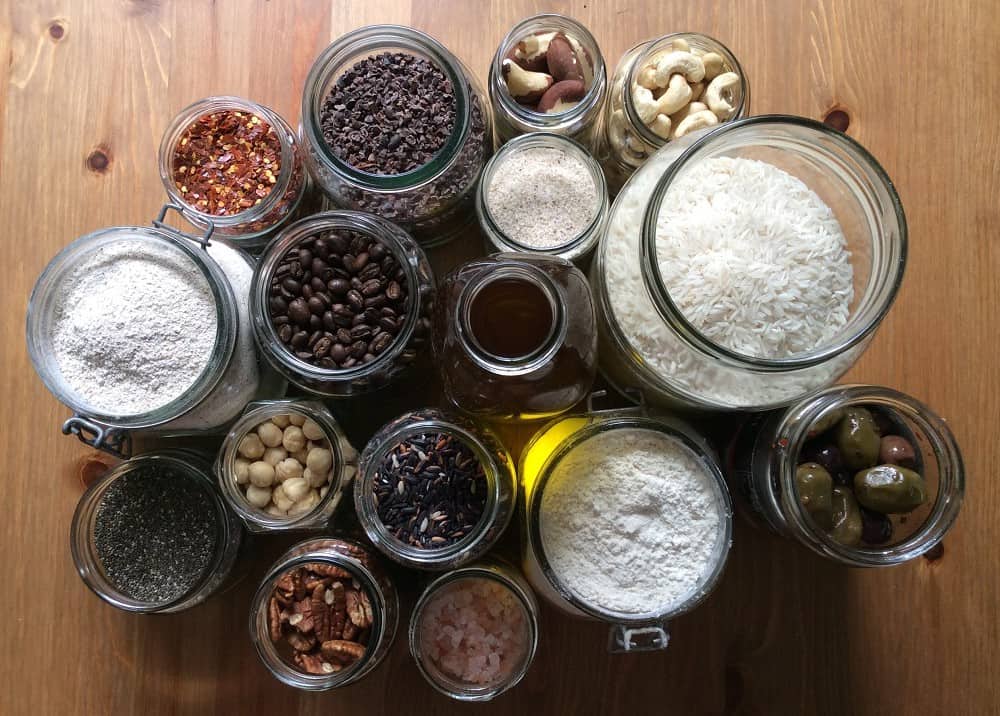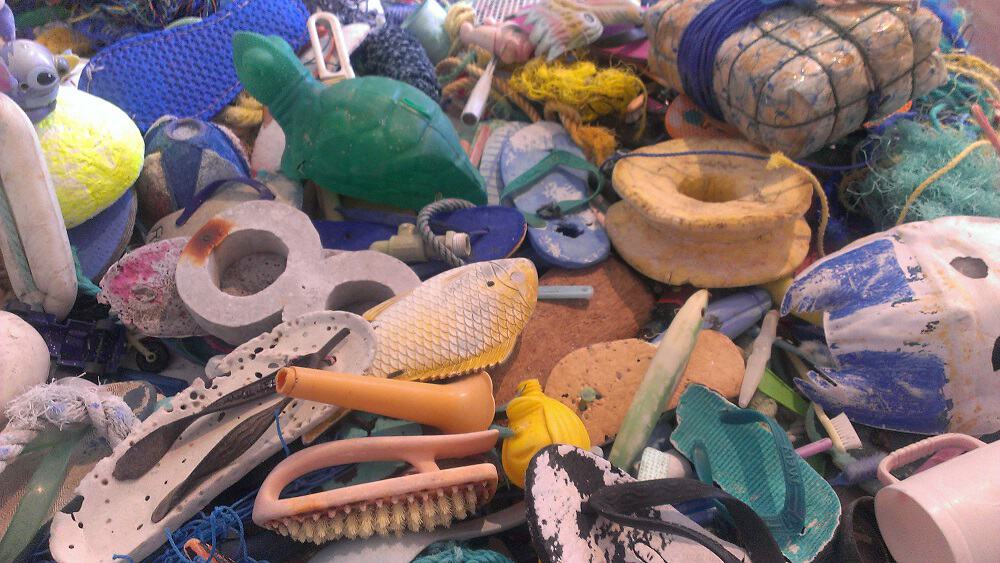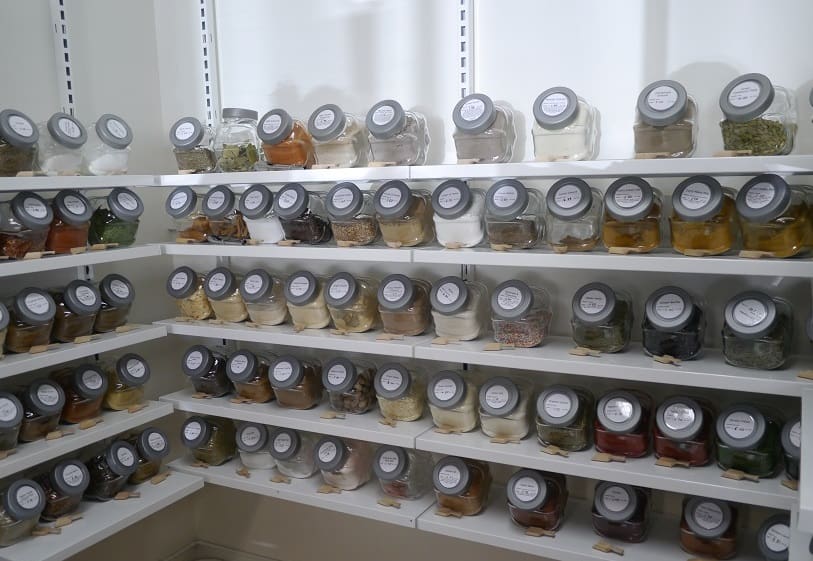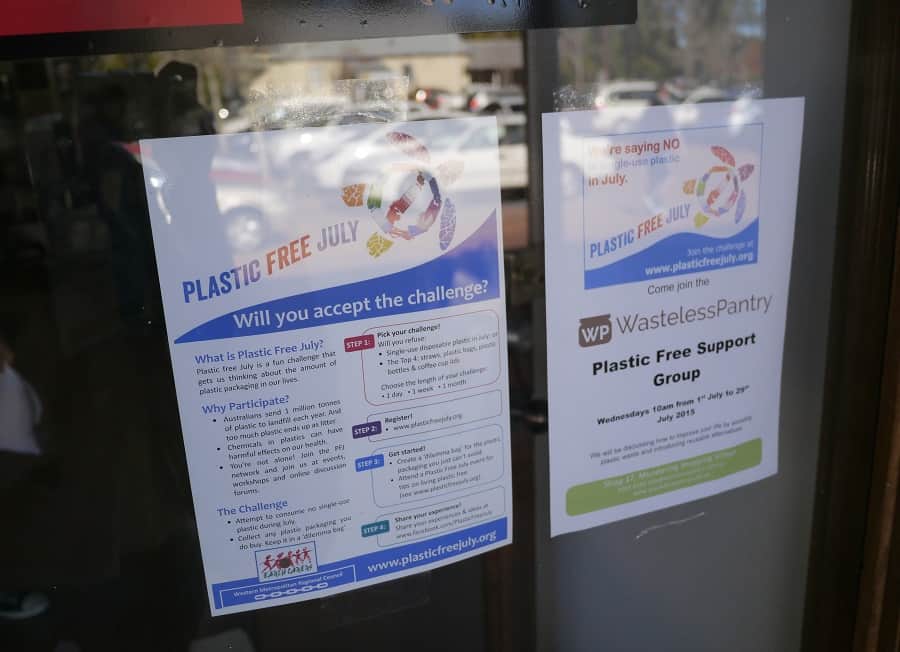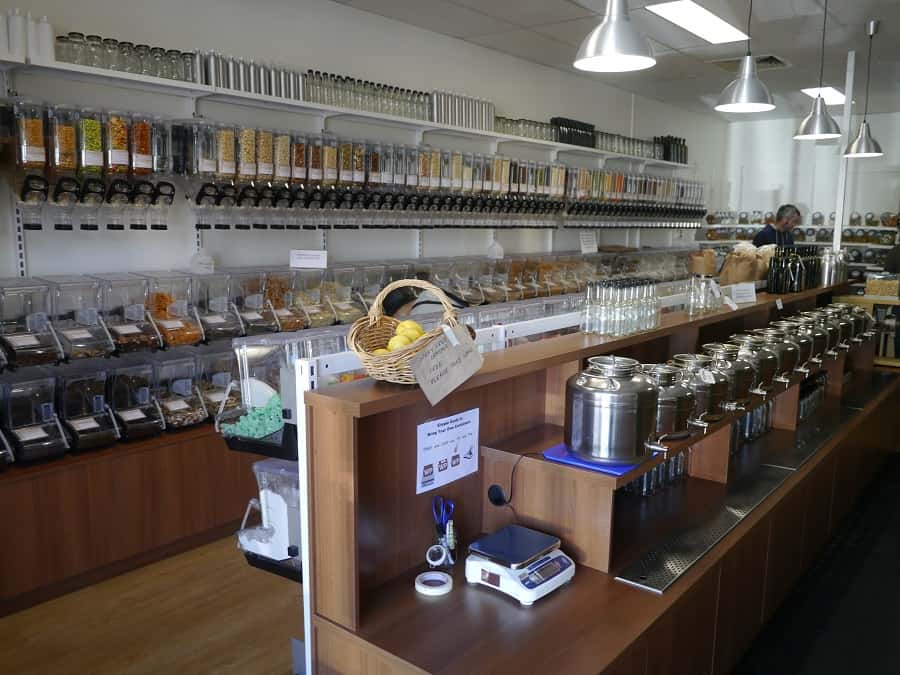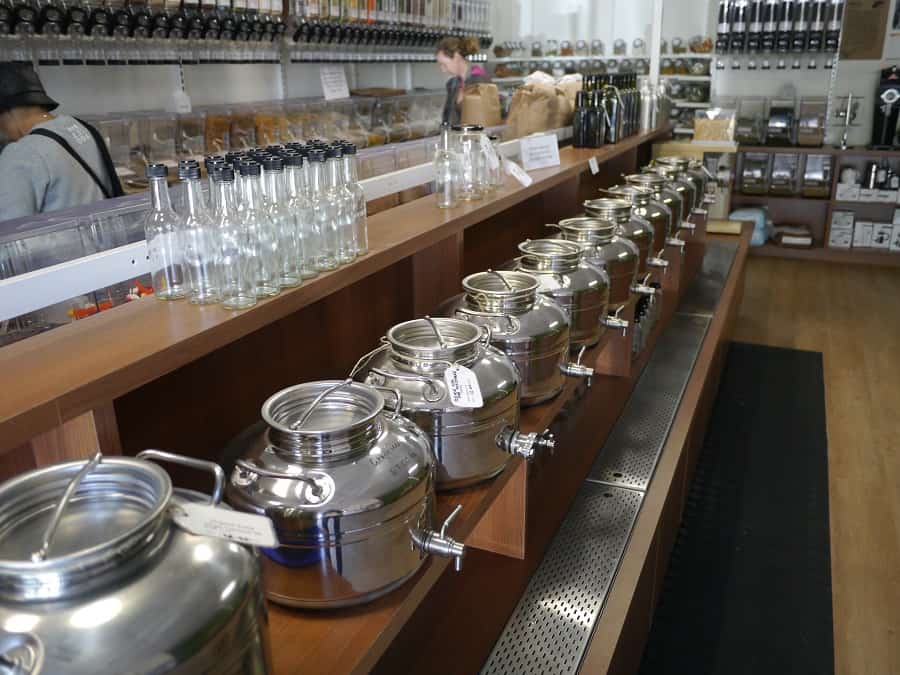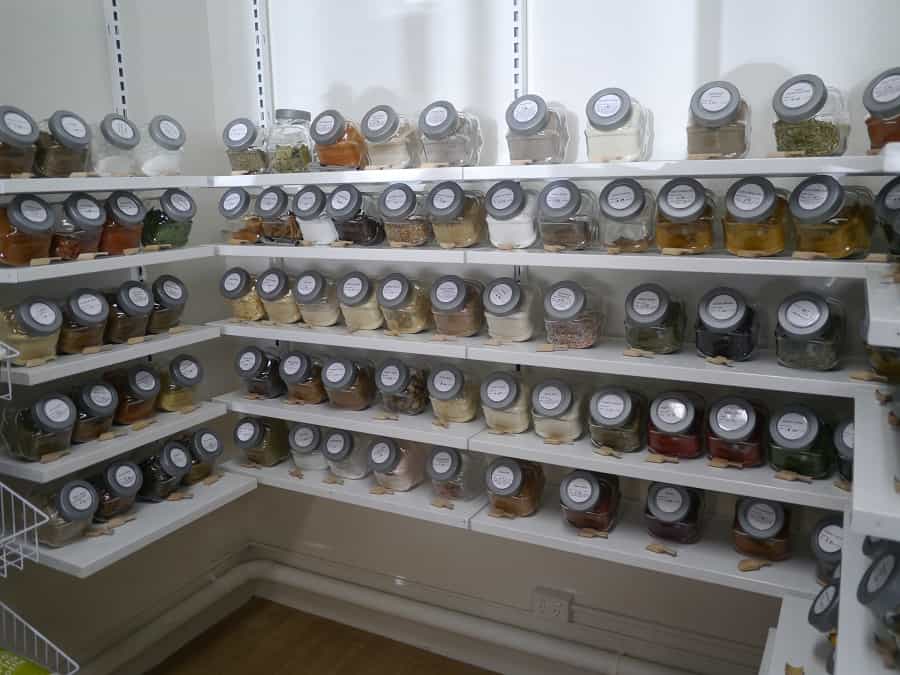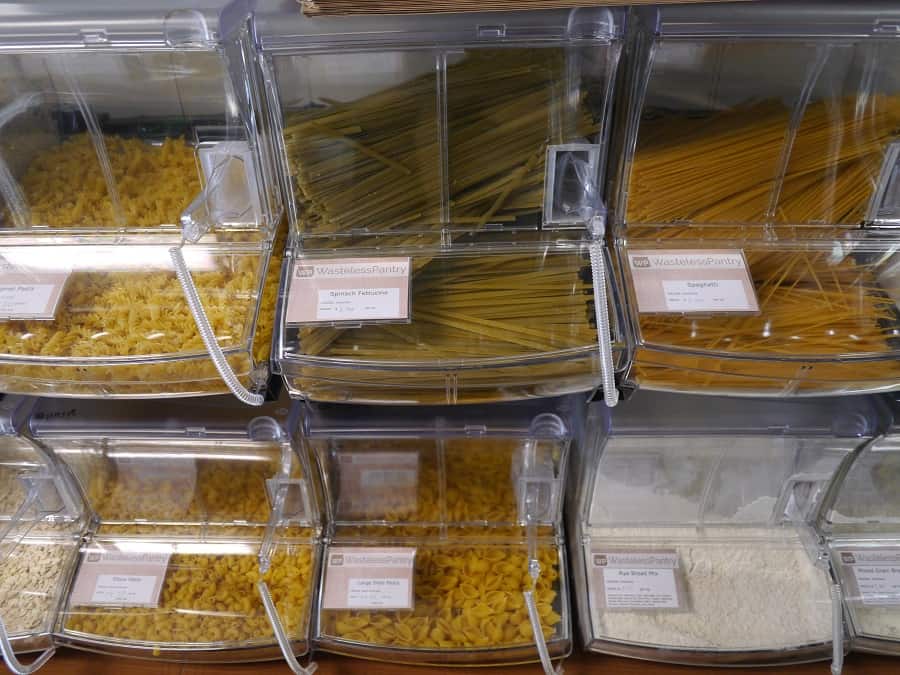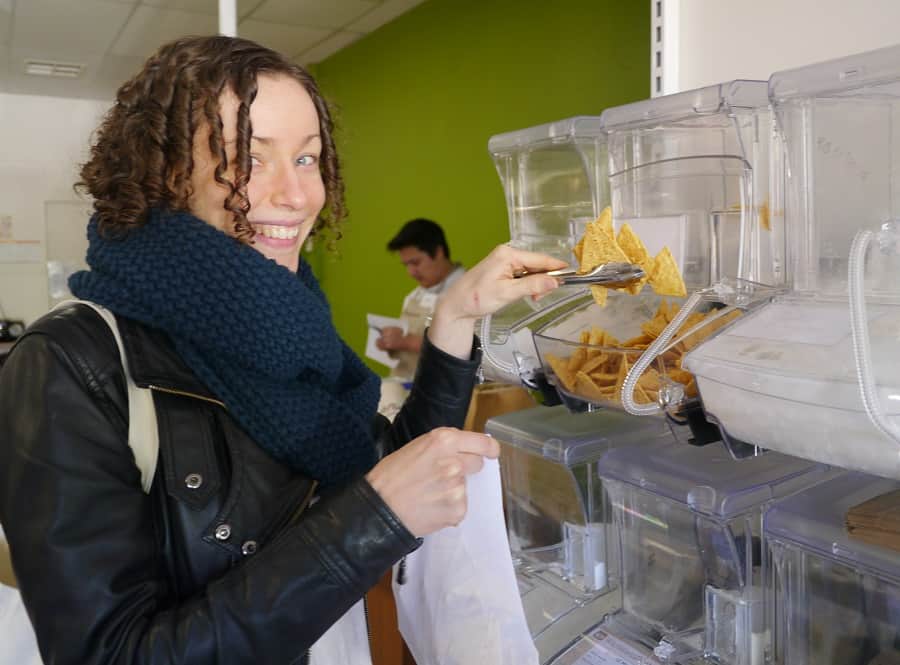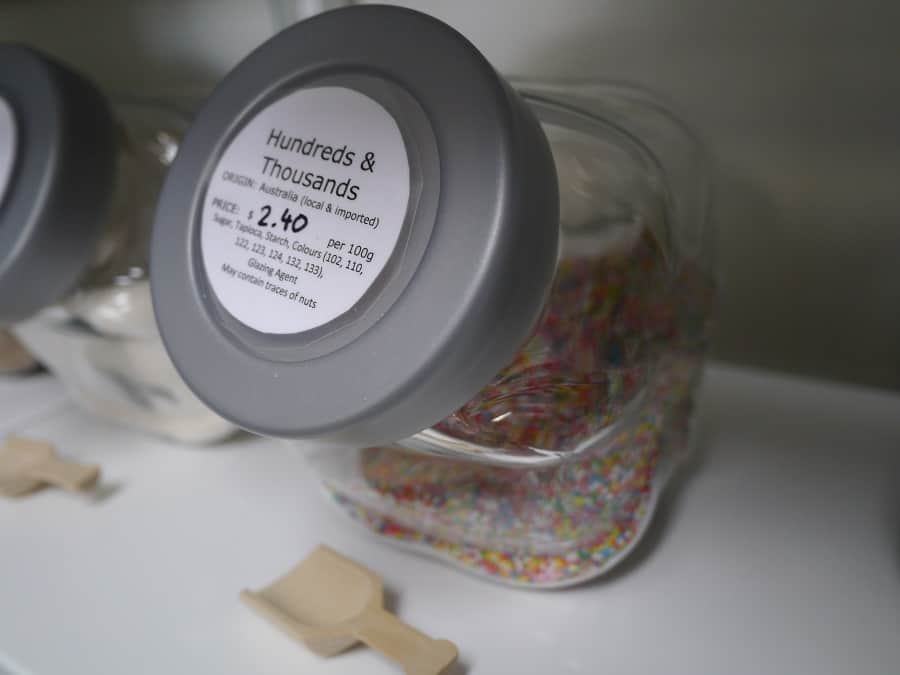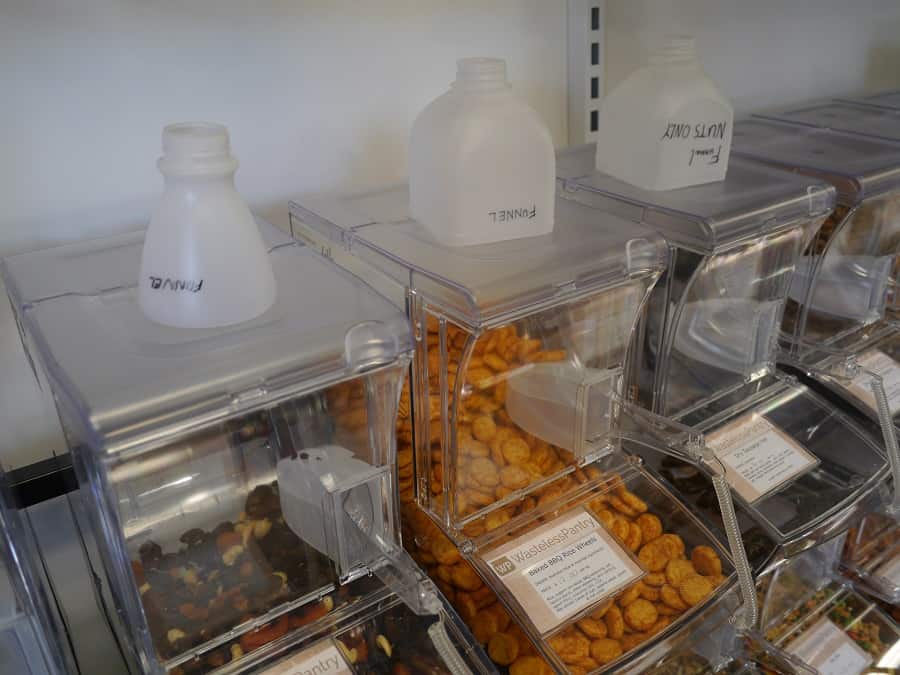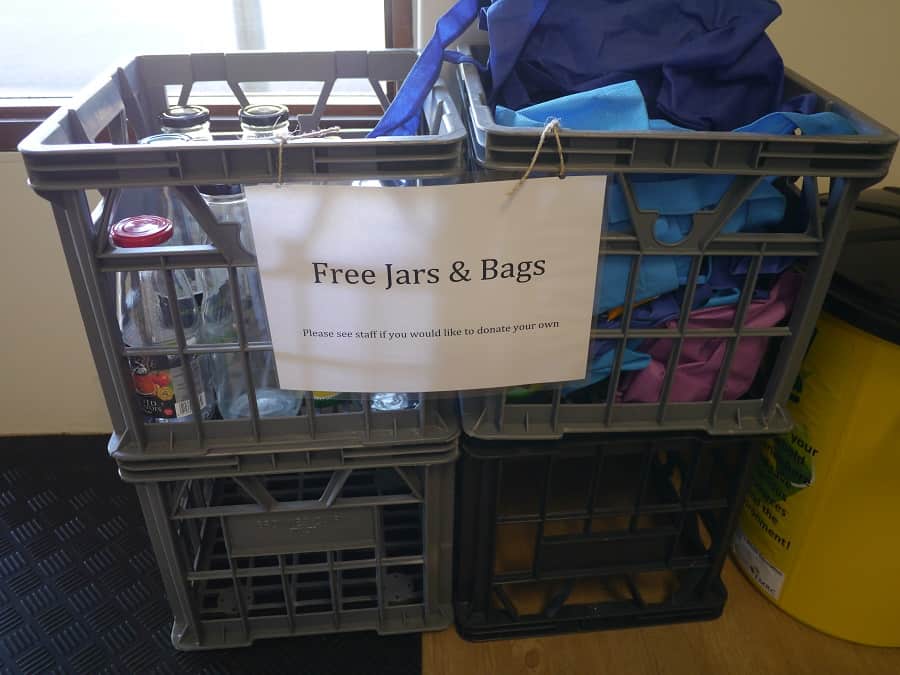It’s Zero Waste Week on 7th – 13th September this year, and once again I’ve signed up to be an ambassador of this awesome initiative. Of course I’ll still be talking about waste on the other 51 weeks of the year (you know me!), but I do love it when a community really gets together to draw attention to the subject, the issues and the solutions, and it’s such a great opportunity to spread the zero waste message just that little bit further ; )
This year the topic is “Reuse”. As someone who strives to be zero waste, I love to reuse things! It eliminates a lot of waste, but also a lot of spending on unnecessary things, and a fair amount of clutter too. Who wouldn’t want to get the most use out of the things they own?!
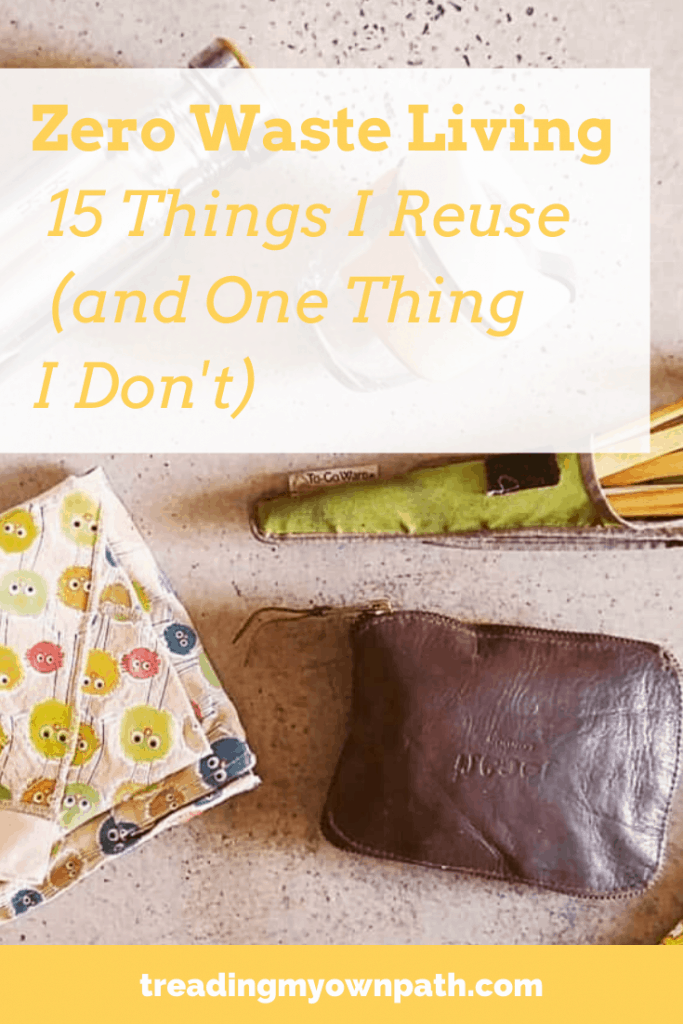
15 things that I swear by to live my Zero Waste lifestyle…
1. A reusable coffee cup.
Even if you don’t drink takeaway coffee, I think owning one of these is invaluable. I carry mine with me always. It’s useful for getting water from public water fountains or if you go into a cafe and find they only serve takeaway cups. If you fly, it’s great for drinking any kind of drink in a plane. I’ve also used mine at parties where wine was served in disposable wine glasses. If I’m buying ice cream I’ll use the cup rather than one of their disposable ones. Plus, because it was a lid, it’s great as an impromptu container.
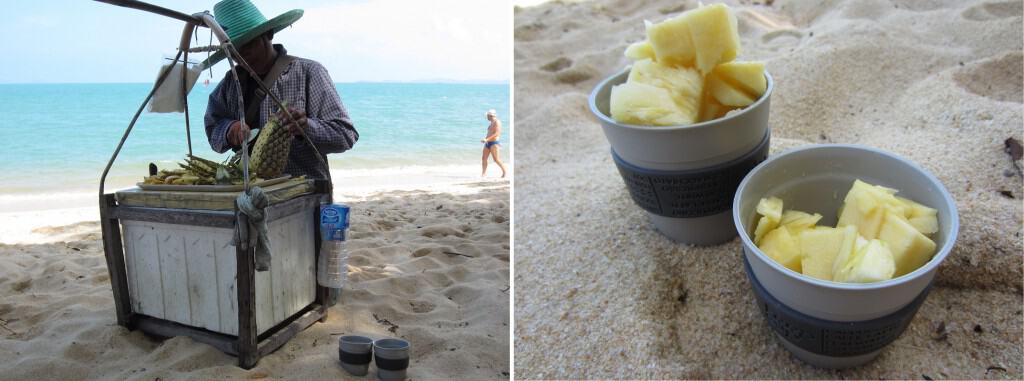
Reusable coffee cups aren’t just for coffee! They make great reusable containers for all kinds of treats!
2. Reusable bags.
I was on the “bring my own bag to the supermarket” train back in the early 2000s, and would pack all my plastic-packaged goods into my own reusable tote – “oh no, I don’t need a bag!” Little did it occur to me that I could use reusable cloth / mesh bags for the produce I was putting inside the tote! Even if bulk stores aren’t local to you, reusable bags are great for buying loose fresh produce.
Reusable bags aren’t just for food shopping either! You can use that same reusable tote for other shops too. These days I always take my own bag to clothes shops, hardware shops, kitchenware shops…anywhere where I need to pick something up.

Reusable bags come in all shapes and sizes…there’s no need to limit yourself to one big tote!
3. A water bottle.
This is a total no-brainer for me. Aside from the fact that bottled water is predominantly unregulated and plastic leaches chemicals into the water (not to mention the ethics of bottling water in drought-stricken regions like California or countries where most of the population don’t have access to safe drinking water like Fiji), sucking water out of the ground trucking water across states and even across countries is a huge and unnecessary waste of resources. Most of us have access to municipal water at a fraction of the cost (as much as 300x cheaper). If you really don’t like chlorine or fluoride, it’s possible to get a water filter fitted.
If you’re in any doubt about bottled water, watch the documentary Tapped.
4. Reusable Cutlery.
I have a nifty little bamboo set that was a gift, but you can also find metal camping sets, and charity shops always have plenty of cutlery too if you want to avoid buying new. Alternatively, use what you already have in the kitchen! My set contains a knife, a fork, a spoon and a set of chopsticks. Plastic cutlery often isn’t fit for the purpose – have you ever tried to cut anything with a disposable plastic knife?! I’ve successfully peeled and de-stoned a mango with my wooden knife!
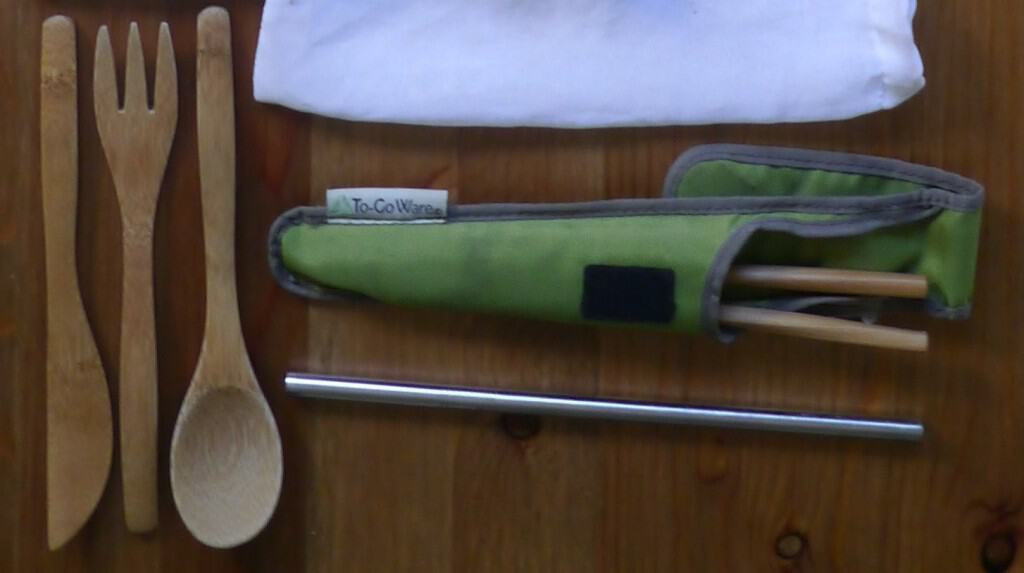
Reusable Bamboo Cutlery (it would be just as easy to make a set with op-shop finds) and I’ve added a stainless steel straw to complete the set!
5. A Reusable Straw.
Whilst I don’t use straws often, I think that single use straws are up there as the most wasteful plastic items out there. They are also one of the top 10 items found in beach clean ups. I have a stainless steel one which I keep in my cutlery pouch, and a glass one which I prefer, and came with its own cleaning brush. Carrying a straw means I’m never caught out, but also it’s handy to lend to friends! I know from experience that there are a few drinks that need straws – icy drinks like dacquiris and fresh coconuts, for example.
6. Reusable Containers.
Just as it never occurred to me for years to bring my own reusable produce bags to the shops, it never occurred to me to bring my own containers, either. Now I take reusable containers (pyrex, stainless steel, glass jars and occasionally plastic) to the deli, bulk stores, Farmers Market and bakery to avoid any unnecessary packaging. It certainly makes unpacking much easier – everything goes straight in the fridge / on the shelf!
I also find them great for storing leftovers, keeping perishables fresher, and freezing food, as well as great containers for non-food items.

Reusable containers. The glass is heatproof so can double as oven dishes too : )
7. Cloth Wraps.
Containers are great, but bulky and not always practical – and if you stick to glass and stainless steel, they are fairly costly too! I have some reusable wraps (another gift) that I use carry lunch or snacks when space (or weight) it at a premium. They are also great for purchasing food to-go from cafes and avoid paper bags. If you don’t want to buy new ones you can make your own using old material (reuse…yay!) and beeswax (soy wax should work if you’re vegan). Find a tutorial for making your own beeswax wraps here. They are also great for keeping fresh herbs and salad leaves fresher in the fridge, and can be shaped and molded to cover bowls for leftovers.
8. Old Clothes.
Whilst I’d love to learn, I’m no sewer, and cannot whip an old worn shirt into a snazzy waistcoat or other wondrous design as seen on Pinterest. I can darn holes, and that’s it. Once my clothes are truly worn and past repair, they can still be reused. If you’re feeling creative, make into reusable food wraps (see above). I cut them into rags, where they begin life as dishcloths. As they wear further they are downgraded to kitchen surface cleaning cloths, bathroom cleaning cloths, floor cleaning cloths and finally toilet or bike cleaning cloths.
In the past I’ve been sucked in and purchased those “eco friendly” cleaning cloths. This makes no sense when I have suitable fabric at home that costs me nothing and wastes no new resources!
9. Old Towels.
You can cut up old towels as mentioned above, but another great use for worn towels and bed sheets is to donate them to animal shelters. They are always in need of them, and it might be a better use than cutting that bath sheet up into 62,000 dish cloths that you’ll be using for the next 15 years!
10. Reusable Cotton Rounds.
When I was a kid, I used a flannel to wash my face. As I grew into a teenager I began using disposable cotton rounds (or cotton wool) to clean my face (which chemical-laden cleansers) and to remove make-up. That clever marketing got to me! These days I use good quality soap, I have reverted back to a flannel and I have reusable fabric rounds for removing make-up, which I throw in the washing machine and re-use. You can buy these or Etsy, or if you’re crafty make your own from old clothes (see # 8).
11. A Body Brush.
Body brushing is great for increasing circulation and removing dead skin cells, and saves buying another product for the bathroom – particularly as these exfoliating products often come in non- or only partically-recyclable containers… and commonly contain plastic microbeads to act as the exfoliant!
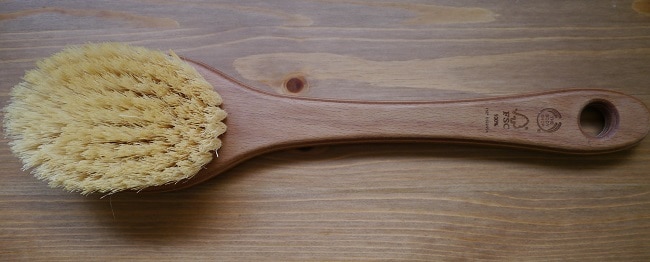
12. Toothbrushes.
Once my toothbrush is no longer fit for using to clean my teeth, it gets relegated to the cleaning basket. Toothbrushes are great for cleaning grouting, tiles, awkward corners, taps and other fiddly places, and also for cleaning bikes.
13. Baking Paper.
I’ve had this debate a few times in Instagram and Facebook – if I’m zero waste should I be using baking paper at all? Which led me to write about The Rules, and conclude that whilst it might not be the most zero waste thing to do, it does mean my homemade chocolate brownies are infinitely more delicious. Maybe in the future I’ll change, but for now it stays. That said, I use it very sparingly, and yes, I reuse it. I find a quick wipe when it’s just come out the oven is enough to clean it, and there’s always the other side. I bake often, so it doesn’t end up hanging around for too long. When it’s finished, I use it to make worm farm bedding so it doesn’t go in the bin.
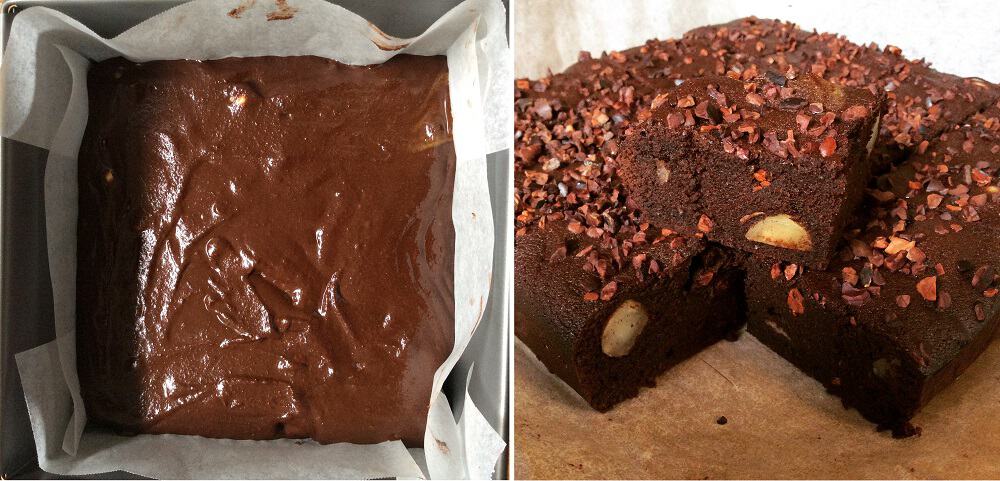
As long as the quality of my chocolate brownies is at stake, the baking paper stays. But it always gets reused.
14. A Hankerchief.
We don’t buy tissues for our home. Instead, I use a handkerchief. My dad has always used a hankerchief, and as a kid I used to think it was completely gross. Isn’t it funny how you grow up and realise that a lot of what your parents did (and said, and told you to do) was actually not as daft as you thought?! (Note – don’t ever tell them I said that!) I started using one when I realised that you couldn’t buy boxes of tissues without the plastic around the dispensing hole. Then I realised that hankies make so much more sense, and they are far softer on the nose than any of those cleverly marketed and relatively expensive fancypants tissues ; )
15. Old Envelopes.
You can have a “No Junk Mail” sticker on your mailbox, and switch to paperless billing, and still people keep sending you stuff in the post. Grr! I use the envelopes as notebooks, to write shopping lists (pinned onto the fridge door) and I cut out squares of blank paper which I use to stick over the address to reuse other envelopes and mailing bags that I’ve received. Reuse is better than recycling, and I never need to buy these things!
…and One I Don’t.
- There’s one reusable item that some zero-wasters have adopted which I haven’t, and that is…reusable toilet paper (cloth wipes). It’s just not gonna happen in our house. I’m not opposed to the principle (although my husband draws the line here), but I think the constant need to keep up with the laundry (and bear in mind we live in a city with 40°C summers and no air con in our home) means the hygiene factor wins. I’m sure it works for some people, but it won’t be working for us!
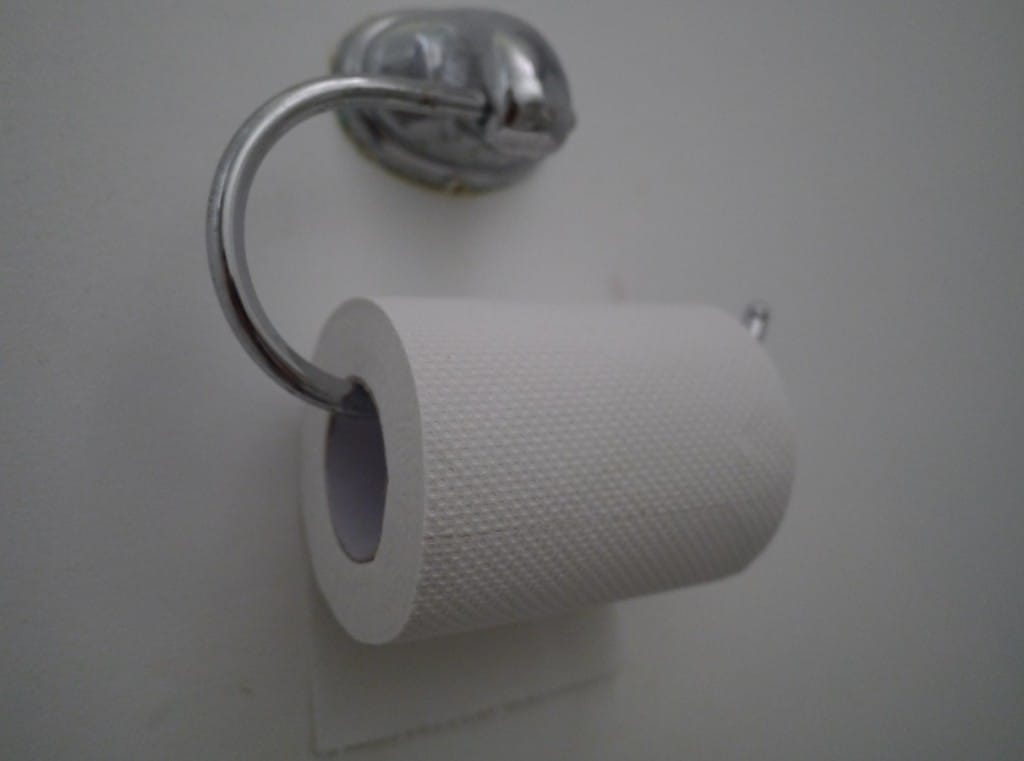
Recycled, ethical, plastic-free…but not zero waste : /
The thing about “reusing”; it doesn’t have to be about getting creative with empty bottles of dishwashing liquid and old toilet rolls. It’s as much about the everyday stuff that we use every day. Plus, because it’s stuff we use every day, being able to reuse (rather than buying new and then discarding to landfill) has a far bigger impact – on our wallets, on the way we use our time, and on the environment. Why would you want to live any other way?!
Now I want to hear from you! What are your favourite things to reuse? What would you add to the list…or is there anything you’d add to the “No Go” list?! What have you found the most helpful in your zero waste journey? What has been the biggest struggle? Are you tempted to take part in Zero Waste Week this year, or have you already signed up and if so, what’s your personal challenge?! I love hearing your thoughts so please tell me in the comments below!
[leadpages_leadbox leadbox_id=1429a0746639c5] [/leadpages_leadbox]

